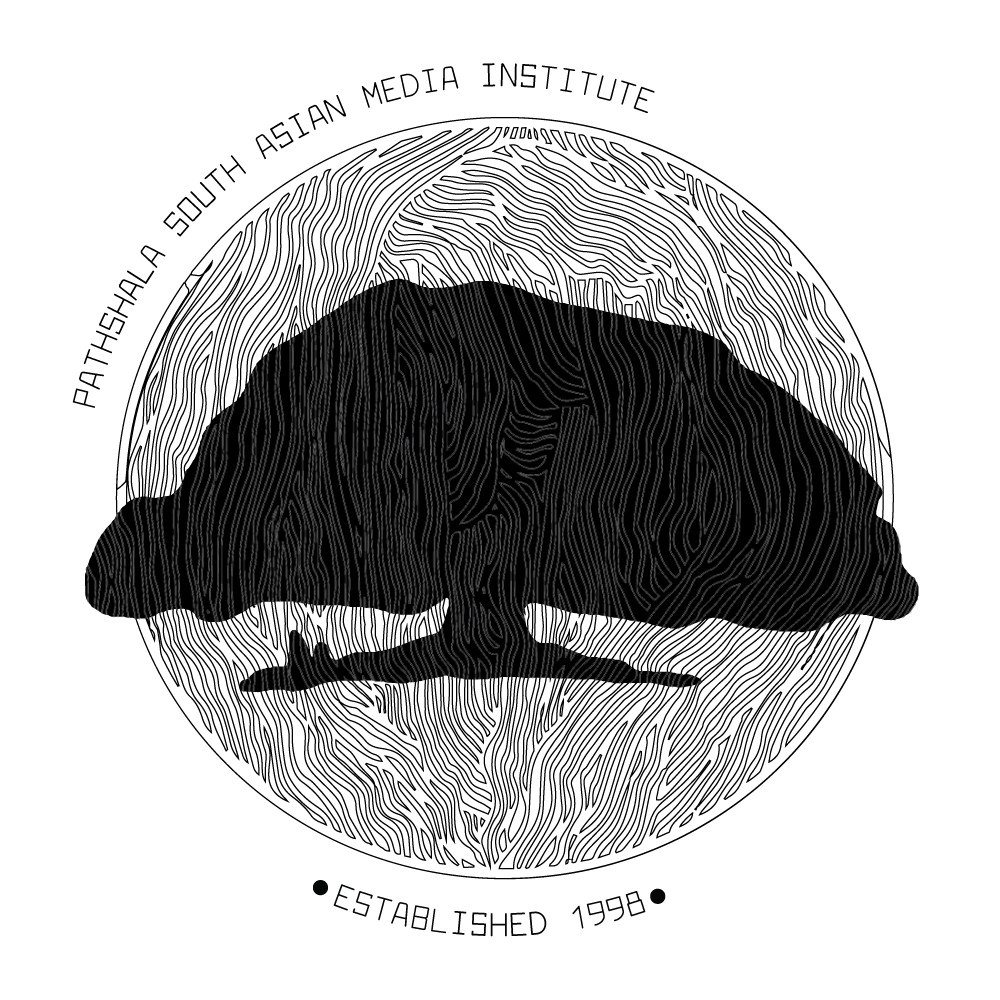



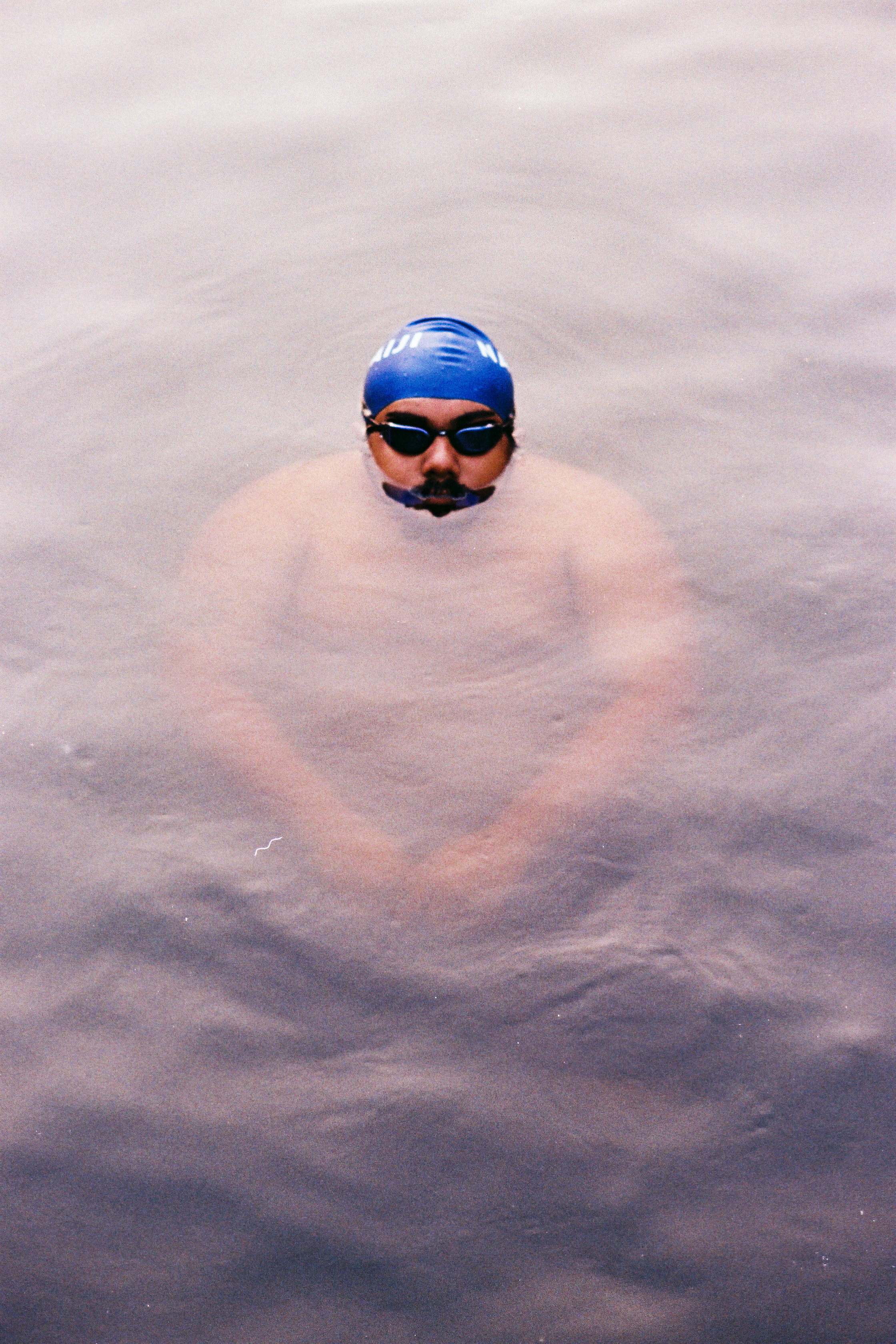



RESTING ACADEMY: SEASON II
SONGS OF THE JACKALS
By Jyoti Shrestha
Photographs by: Arun, Bastian, Jyoti, Devjyoti, Ratheesh, Shashwat
We have a theory: it’s called the Resting Academy because there was absolutely no rest. Six months of relentless creativity—photographing, reflecting, experimenting, failing, and trying again supported by mentors who helped us push through our creative blocks. It almost sounds unreal, but that’s exactly how Resting Academy Season II was.
Looking back, countless memories flood in, but two moments stand out: our 3-months residency at Anandi Bari in Makardah, West Bengal, and our Open Studio exhibition Phosphenes in Dhaka, Bangladesh.
Anandi Bari: A Place of Quiet Magic
Tucked away on the fringes of Kolkata, Anandi Bari became our sanctuary. We stayed in a secluded Garden House, surrounded by lush greenery, where we were immersed in research, reflection, and long conversations. The space had everything—pukur, rare monsteras, monitor lizards, birds, snakes, and an atmosphere so calm it felt like a different world. And each night, as the jackals sang, we were reminded to slow down, to listen, and to truly see.
Rohan Chakravarty, our host, welcomed us with such warmth that Anandi quickly felt like home. Panna da, Koruna didi, Kartik, Dilip da, Shamul da, Buddho—and of course, Rohan’s pack of dogs: Lotorpotor, Mili, Milli’s puppies, TinTin, Maya, and Carlo—made the place feel like family. We arrived on the day of Kali Puja, and Makardah greeted us with vibrant pandals and fireworks, setting the tone for what was to come.
Rohan Chakravarty, our host, welcomed us with such warmth that Anandi quickly felt like home. Panna da, Koruna didi, Kartik, Dilip da, Shamul da, Buddho—and of course, Rohan’s pack of dogs: Lotorpotor, Mili, Milli’s puppies, TinTin, Maya, and Carlo—made the place feel like family. We arrived on the day of Kali Puja, and Makardah greeted us with vibrant pandals and fireworks, setting the tone for what was to come.
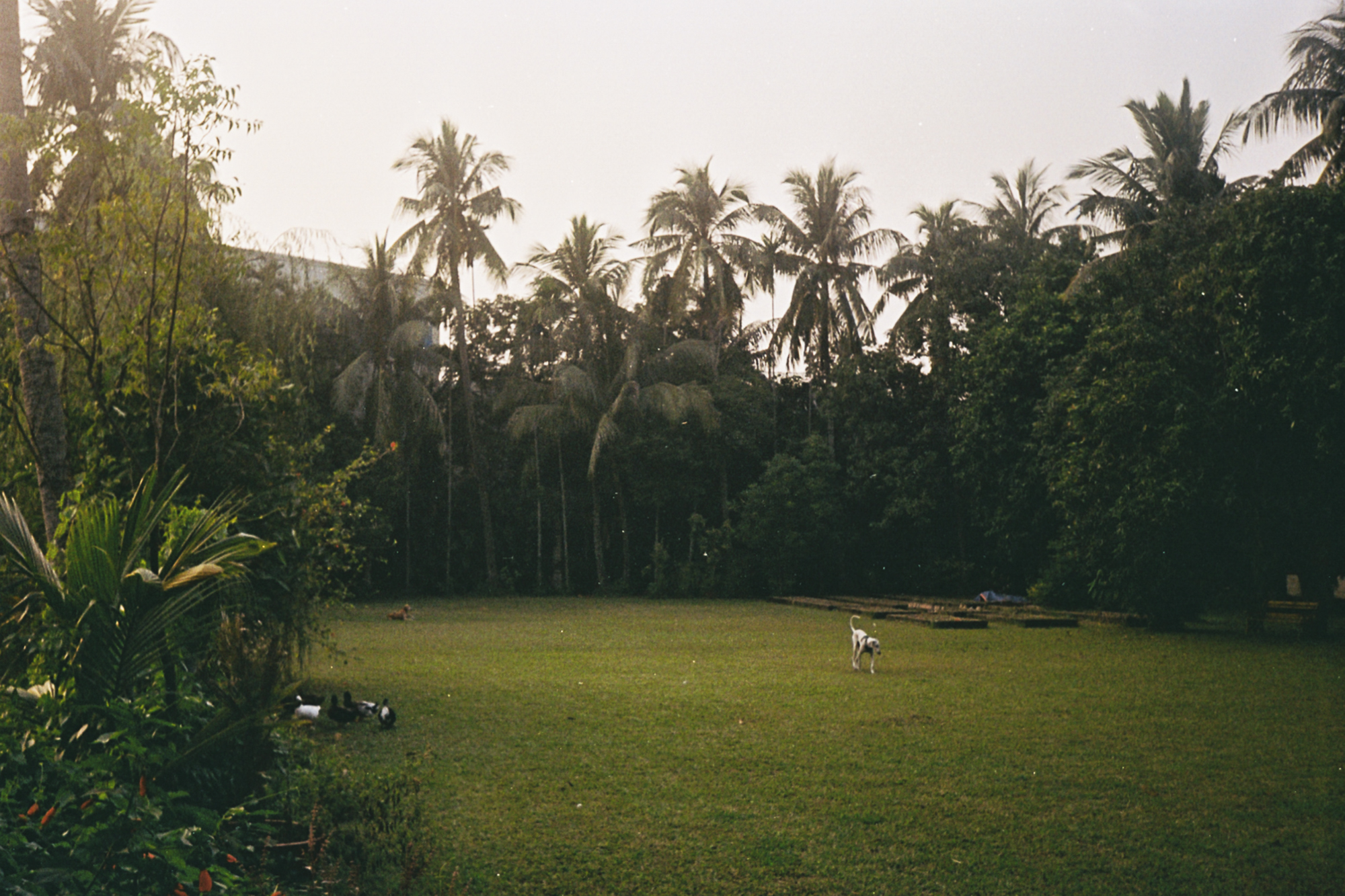








The International Photography Programme

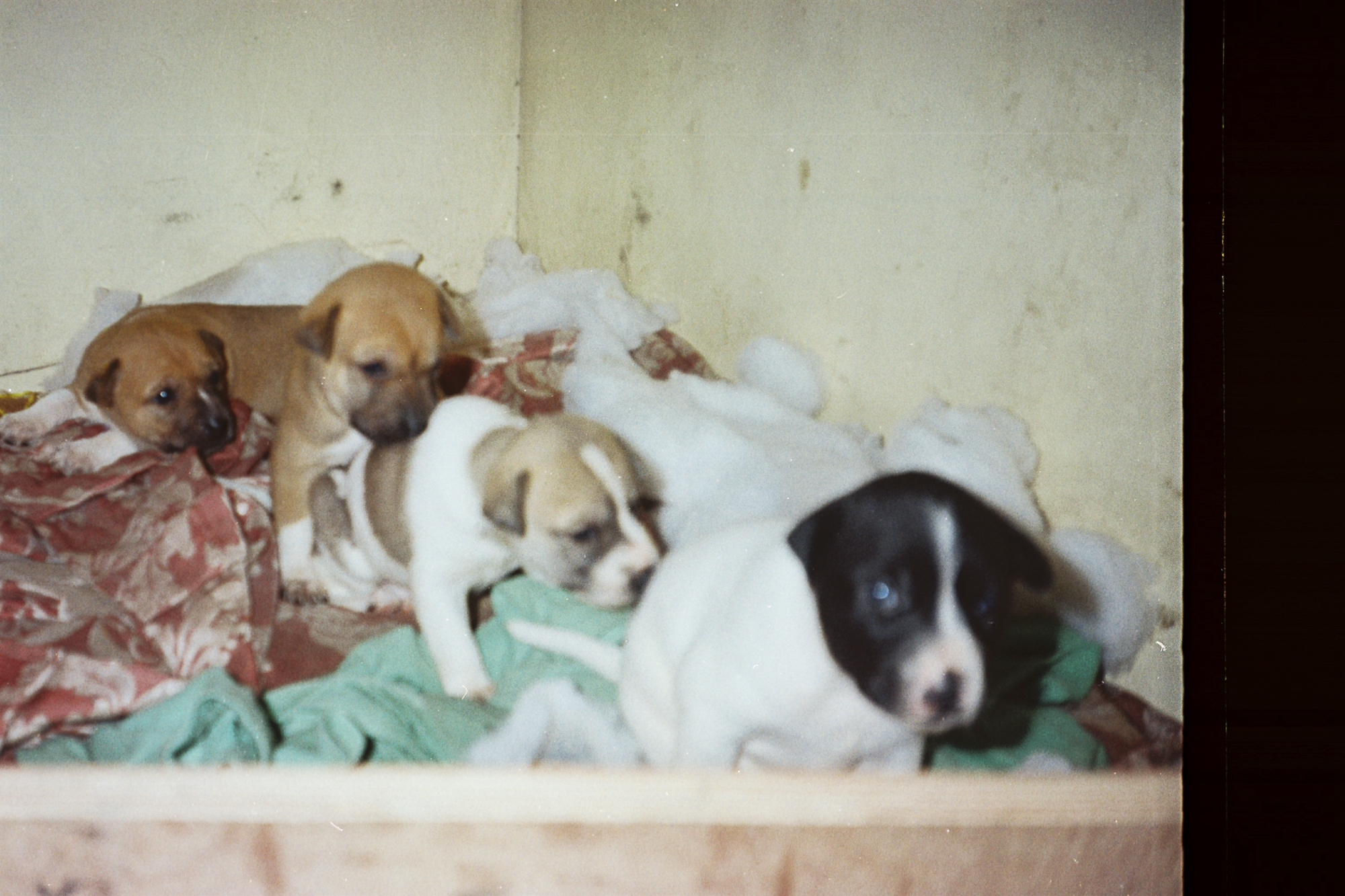

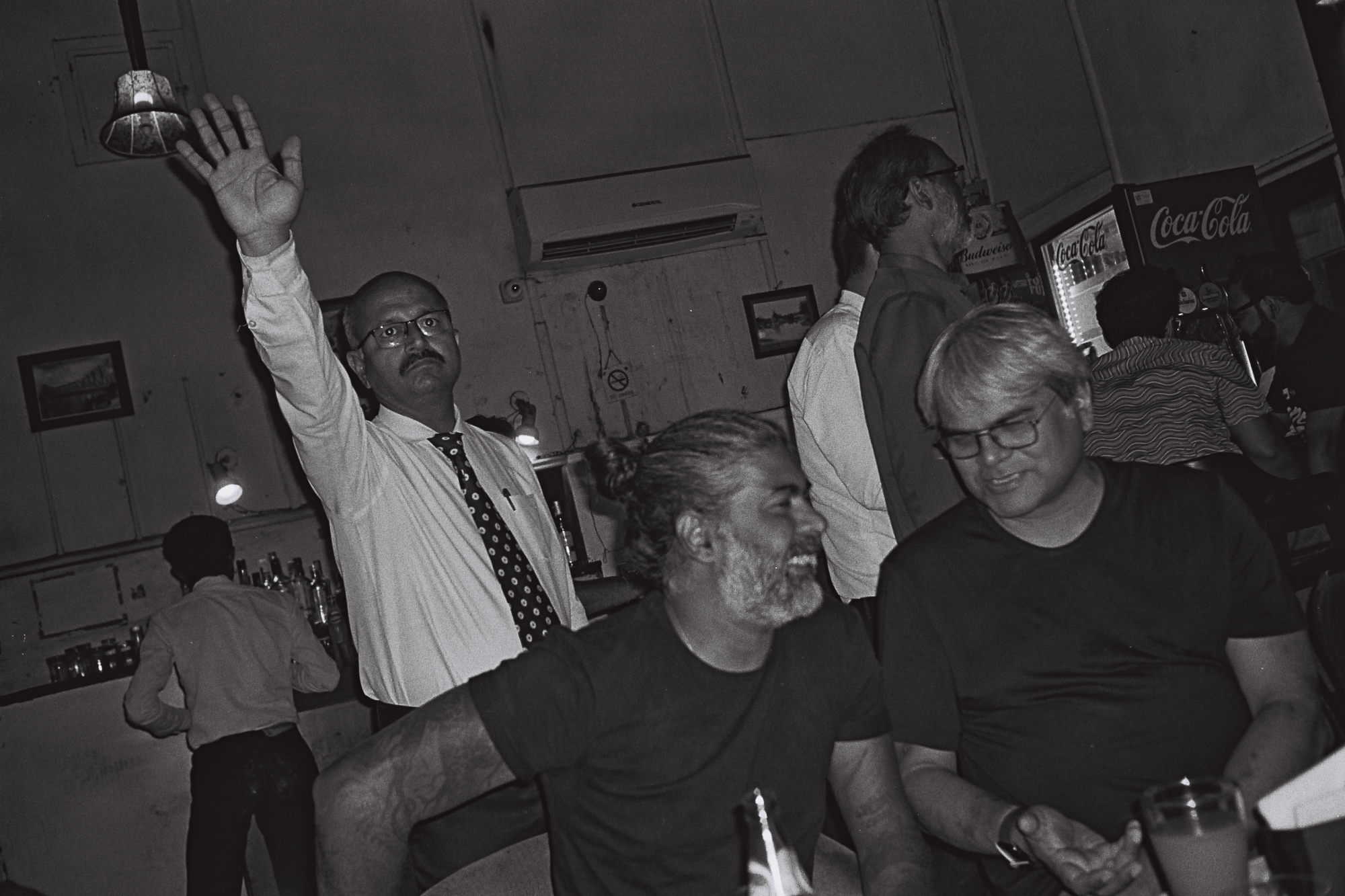


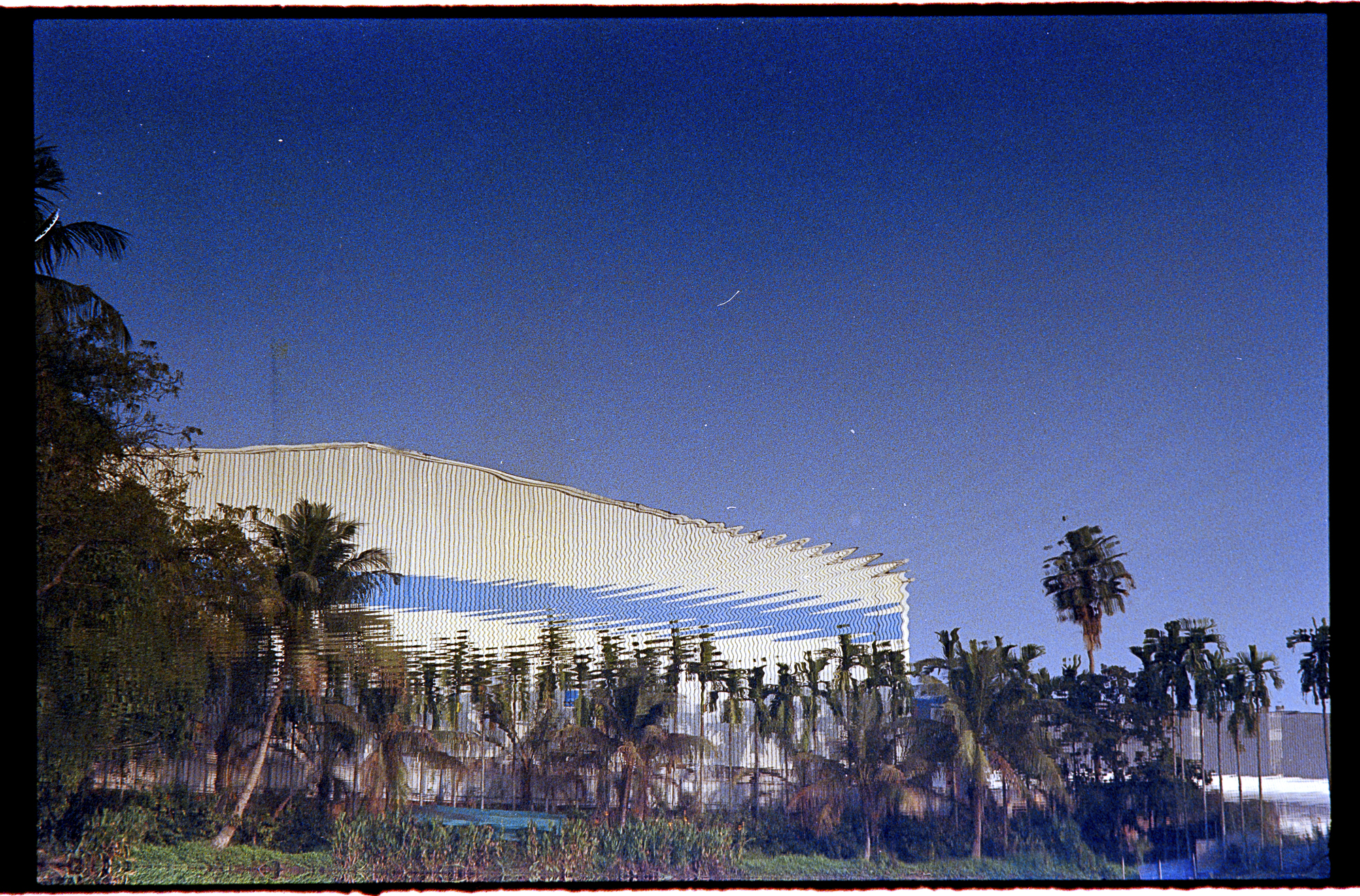
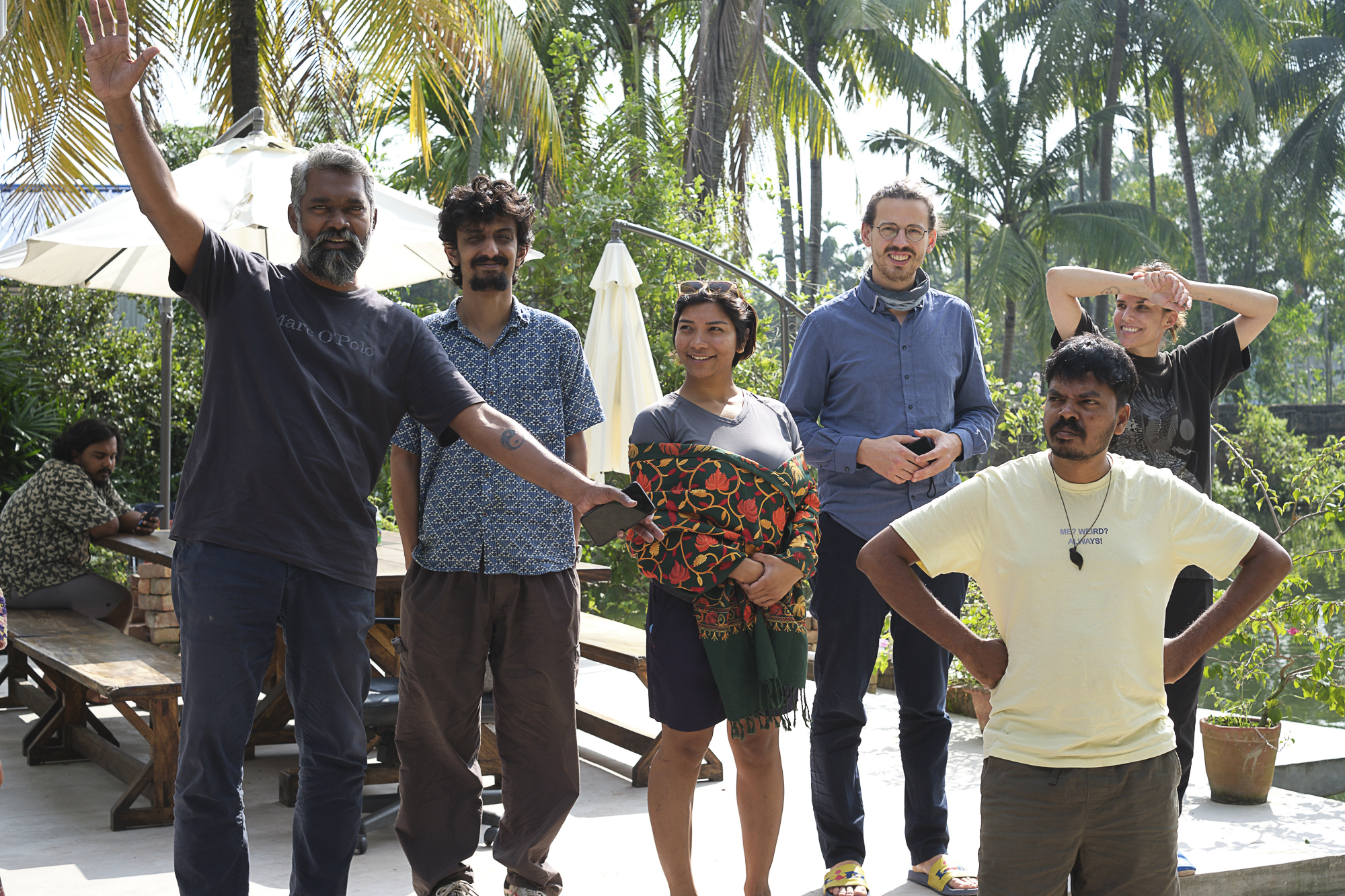
This season brought together ten photographers from across the globe:
Abir Gangopadhyay (India), Arunkumar Marimuthu (India), Bastian Betz (Germany), Jyoti Shrestha (Nepal), Leslie Searles Mejia (Peru), Paul-Jonas Stender (Germany), Prerna Nainwal (India), Ratheesh Sundaram (India), Reem Falaknaz (UAE), and Shashwat Das (India)—ranging in age from 26 to 46, each incredibly gifted.
It’s rare to find adult friendships that feel like family. We learned as much from each other as we did from our mentors. Anandi became a shared studio, home, and classroom.
Abir Gangopadhyay (India), Arunkumar Marimuthu (India), Bastian Betz (Germany), Jyoti Shrestha (Nepal), Leslie Searles Mejia (Peru), Paul-Jonas Stender (Germany), Prerna Nainwal (India), Ratheesh Sundaram (India), Reem Falaknaz (UAE), and Shashwat Das (India)—ranging in age from 26 to 46, each incredibly gifted.
It’s rare to find adult friendships that feel like family. We learned as much from each other as we did from our mentors. Anandi became a shared studio, home, and classroom.
Sessions That Changed Us

The Sound of an Image: Moushumi Bhowmik
Moushumi Bhowmik’s session opened with a whisper and ended in tears. Her presence was grounding, her voice ethereal. Through her Travelling Archive and Sounds from Prisoners projects, she taught us to listen to the absence and presence in sound. We were asked to bring a sound that felt like a memory: from the ticking of home clocks to childhood movie scenes. It changed how we saw and listened to our images.
Also—Milli gave birth to five puppies that week
Photography and… : Shuddhabrata Sengupta
From sound to spirit photography, Shuddha took us deeper into abstraction. With The Case for Spirit Photography in one hand and a poem in the other, he reminded us that photographers don’t always need to be protagonists—we can be the unnoticed, the NPCs. His assignments were strange and beautiful: shoot with your eyes closed, follow colors, collect forgotten things. We rediscovered why we picked up the camera in the first place.
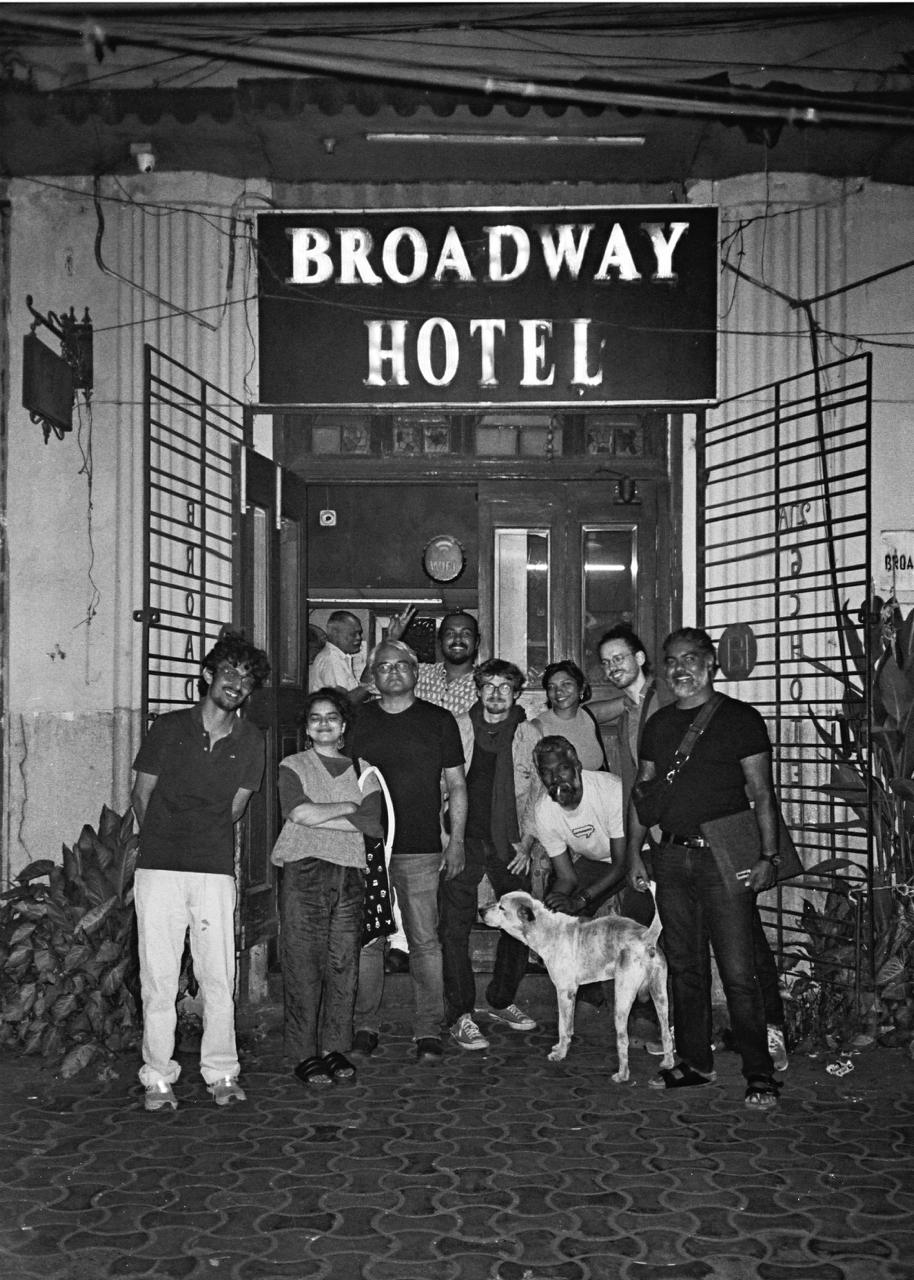

Stage & Light: Rohan Chakravarty
Rohan brought our eyes back to the visible. We each studied two photographers based on our styles—from Nan Goldin to Hiroshi Sugimoto. We learned to decode the languages of light and how photographers stage meaning. Then we created a short body of work—open theme, open style. Some brought back photos of teapots, others wandered ghats. We began to shoot with awareness, intention, and new clarity
Songs from Jackals: Bharat Sikka
This was a bootcamp. Bharat started by saying, “I don’t know how to teach, so let’s go out and shoot.” His assignments were intense: 10 photos a day in 4x5 format, in B&W, plus collages, object collections, studio shoots, sculpture. We studied artists like Lorenzo Vitturi and Daniel Gordon—most of us hadn’t heard of them before. We made zines—individual and collaborative—and surprised ourselves with what we created. Exhausted, yes. Inspired, definitely.

On the Road: Sarker Protick
The next challenge: 10 days to travel and shoot a new body of work. One participant biked, another rode trains through Darjeeling, some traveled with performers, others explored ghats or searched for the unseen. Protick taught us how to sequence, how editing changes meaning, and how choosing the first image can shape the whole story.

Who We Are: Veerangana Solanki
Veerangana met each of us individually—56 one-on-one sessions in 5 days—to help us write our artist statements. Writing doesn’t come easy to many photographers, but she helped us uncover the core of our practice. It wasn’t about changing who we were—it was about seeing what was always there. A powerful, vulnerable process of reflection.


Editing: Munem Wasif
Editing became storytelling. Munem compared it to cooking: “Editing is putting images together so that it functions—like biryani.” Each edit has its own flavor, style, structure. He showed us examples, strategies, and gave us the freedom to explore. Most of us had never edited seriously before—it was messy, eye-opening, and necessary.
Later that week, we were joined by Riti Sengupta, Debshuddho, and Taniya Sarkar, who shared their works and practices. We celebrated with a barbecue and drinks, joined by alumni.
And then—we disappeared to shoot for the next two months.
DHAKA: Phosphenes
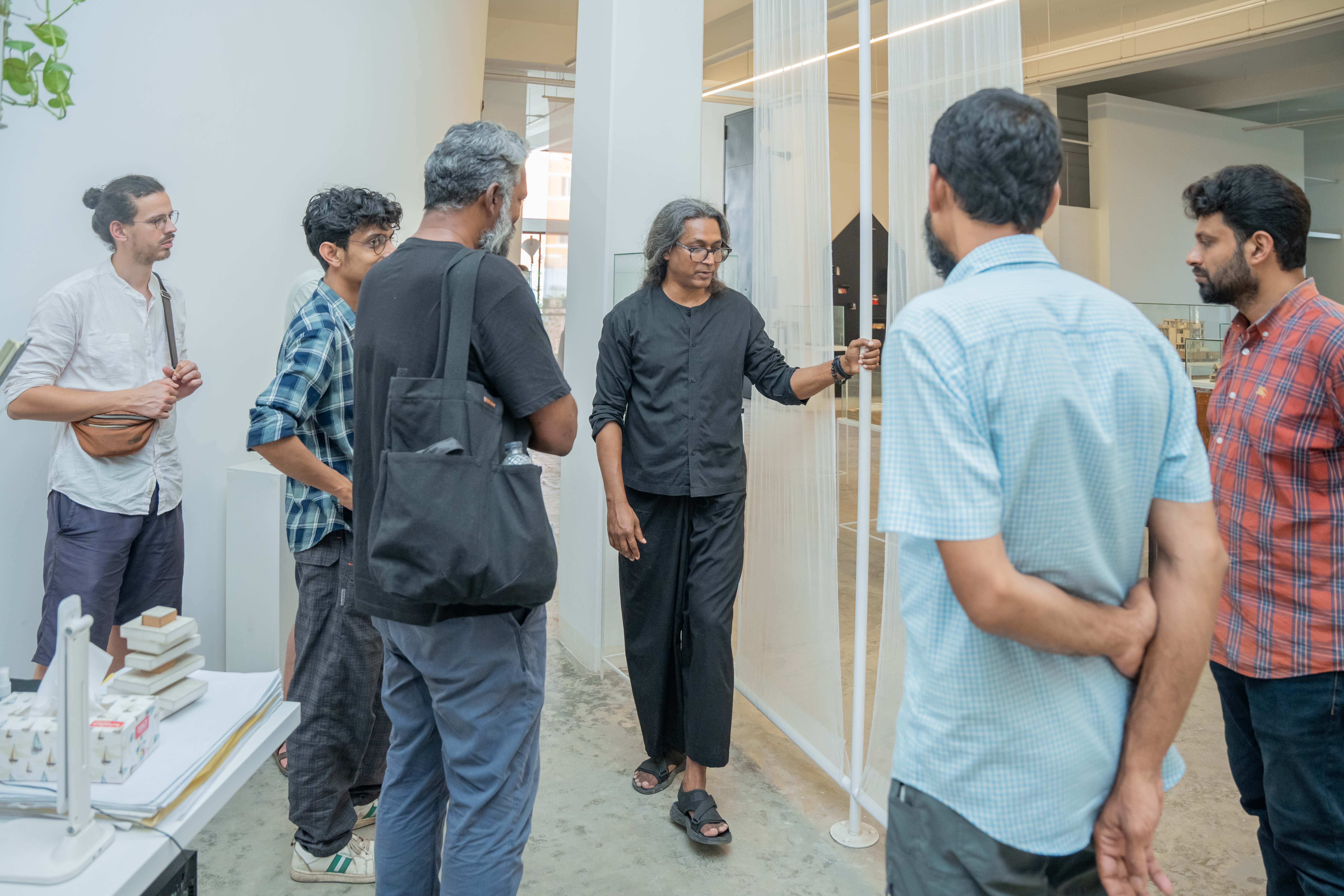

In April 2025, we all reunited in Dhaka. A bittersweet moment—we weren’t sure when we’d all be together again.
Pathshala welcomed us with warmth, and a week’s worth of food in our apartment, thanks to Imran and Moti Bhai. Topu Bhai greeted us like old friends, Ashraful made sure we felt at home, and Shahidul’s presence made everything feel even more special. We celebrated Pohela Boishakh, attended insightful sessions with Tanzim Wahab, Samsul Alam Helal, and Sadia Marium, and visited Manir Mrittik’s studio in Narayanganj.
The final days were spent editing with Munem and Protick for our Open Studio exhibition, Phosphenes, held at DrikPath Bhobon and curated by Tanjimul Islam and Abhijit Shuvo. Jubair and Nishat were there, offering invaluable help with the show—we’ll be forever grateful for their support.
Read more about Phosphenes:
- https://www.newagebd.net/post/photography-art-design/264052/open-studio-phosphenes-address-diverse-issues
- https://www.daily-sun.com/printversion/details/802664
Our last night was filled with chai, last-minute gift exchanges, and heartfelt goodbyes.
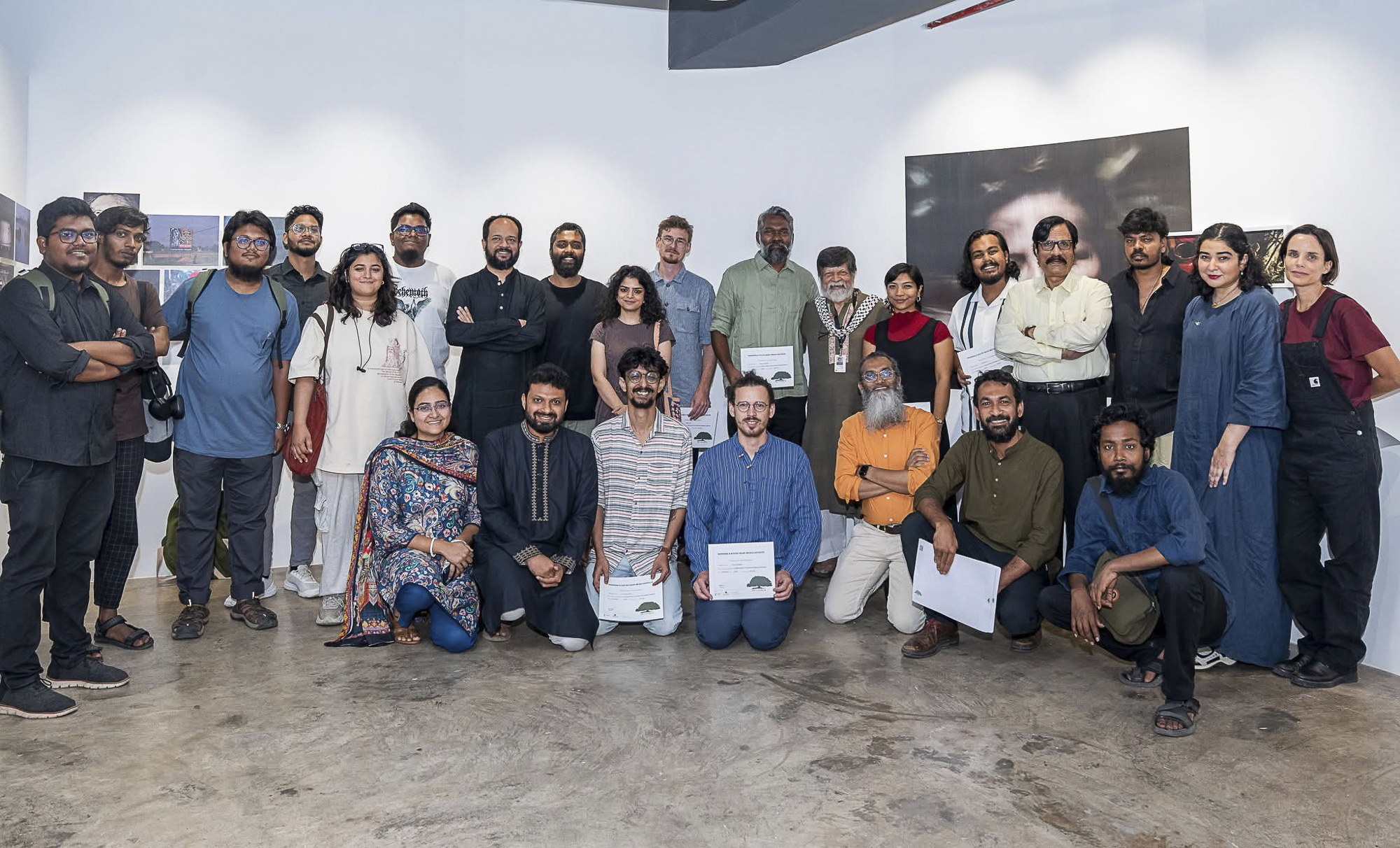

And now?
We’re scattered again—different cities, time zones, lives. But something’s changed. We didn’t just leave with just photographs. We left with people who saw us, challenged us, held space for who we were becoming.
Resting Academy wasn’t restful. It was wild, intense, transformative — in the best way. We made things we didn’t think we could. We danced. We laughed. We cried. We found quiet truths in loud moments. We found each other. Maybe we won’t ever be all ten of us in the same room again. But what we built together lives on—in the work, in the memory, in the WhatsApp group.
Resting Academy wasn’t about stillness. It was about becoming. It wasn’t just a space for rest—it was where we rediscovered who we were, together.
